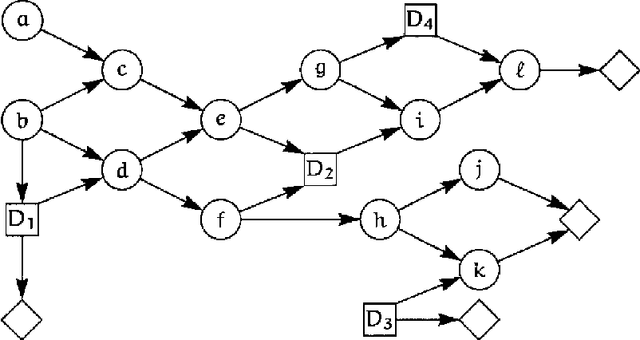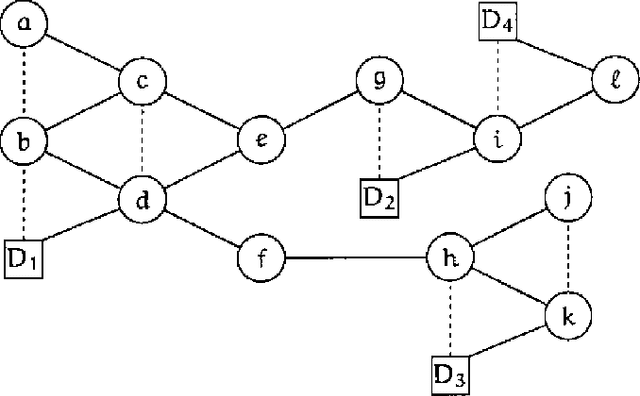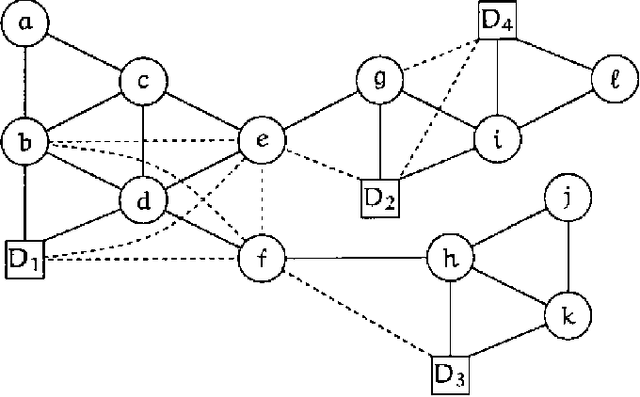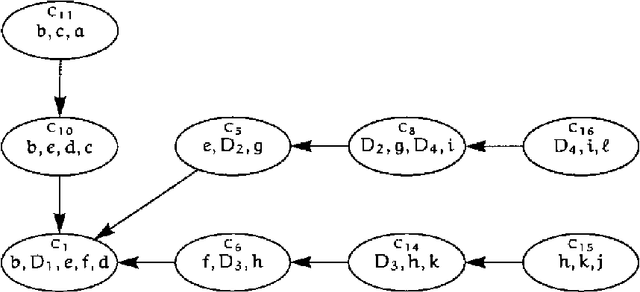Frank Jensen
Analysis in HUGIN of Data Conflict
Mar 27, 2013



Abstract:After a brief introduction to causal probabilistic networks and the HUGIN approach, the problem of conflicting data is discussed. A measure of conflict is defined, and it is used in the medical diagnostic system MUNIN. Finally, it is discussed how to distinguish between conflicting data and a rare case.
Approximations in Bayesian Belief Universe for Knowledge Based Systems
Mar 27, 2013



Abstract:When expert systems based on causal probabilistic networks (CPNs) reach a certain size and complexity, the "combinatorial explosion monster" tends to be present. We propose an approximation scheme that identifies rarely occurring cases and excludes these from being processed as ordinary cases in a CPN-based expert system. Depending on the topology and the probability distributions of the CPN, the numbers (representing probabilities of state combinations) in the underlying numerical representation can become very small. Annihilating these numbers and utilizing the resulting sparseness through data structuring techniques often results in several orders of magnitude of improvement in the consumption of computer resources. Bounds on the errors introduced into a CPN-based expert system through approximations are established. Finally, reports on empirical studies of applying the approximation scheme to a real-world CPN are given.
From Influence Diagrams to Junction Trees
Feb 27, 2013



Abstract:We present an approach to the solution of decision problems formulated as influence diagrams. This approach involves a special triangulation of the underlying graph, the construction of a junction tree with special properties, and a message passing algorithm operating on the junction tree for computation of expected utilities and optimal decision policies.
Optimal Junction Trees
Feb 27, 2013



Abstract:The paper deals with optimality issues in connection with updating beliefs in networks. We address two processes: triangulation and construction of junction trees. In the first part, we give a simple algorithm for constructing an optimal junction tree from a triangulated network. In the second part, we argue that any exact method based on local calculations must either be less efficient than the junction tree method, or it has an optimality problem equivalent to that of triangulation.
 Add to Chrome
Add to Chrome Add to Firefox
Add to Firefox Add to Edge
Add to Edge